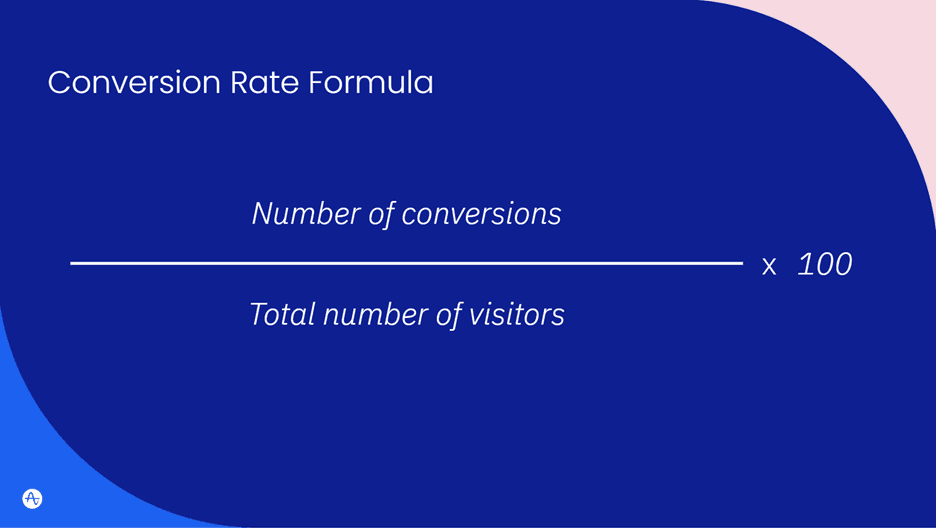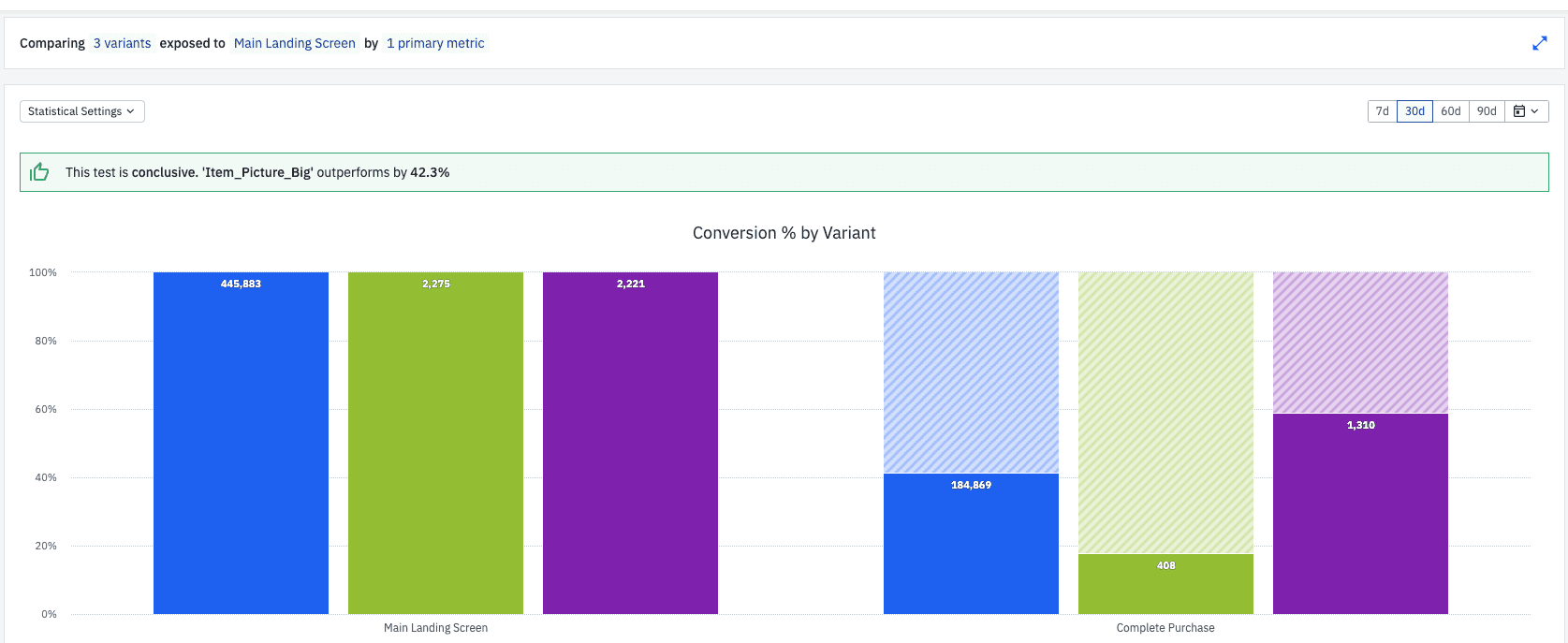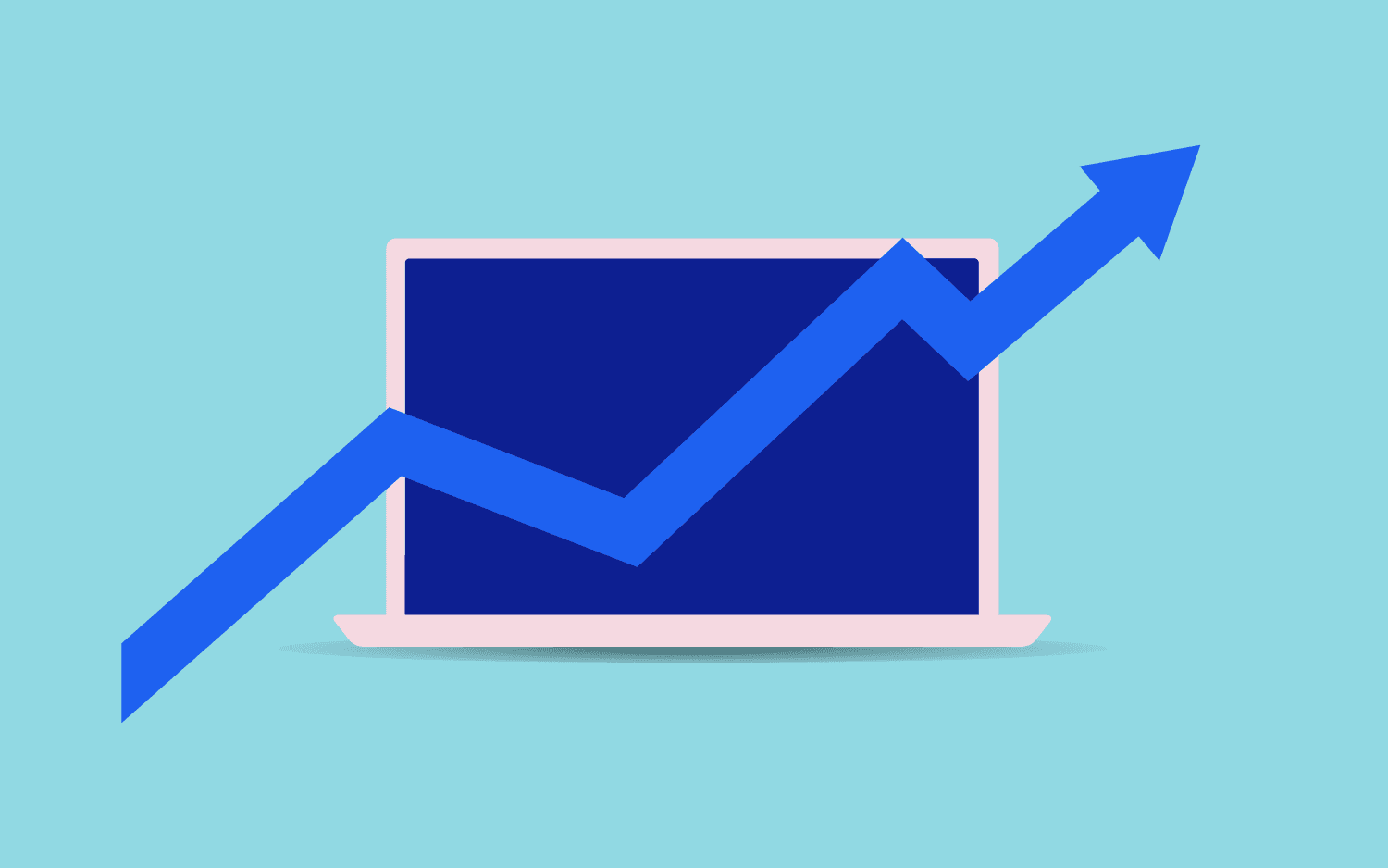How to Improve Conversion Rate Optimization Using Web Analytics
Discover the role of A/B testing plays in bringing more conversions to your website.
Conversion rate optimization (CRO) helps companies get the most out of their e-commerce sites or web pages. To understand the success of your website, you need to know more than just the number of visitors to your homepage or landing page.
CRO web analytics helps digital businesses understand the percentage of visitors that perform actions that generate revenue and help achieve business goals.
Let’s examine how you can use web analytics to analyze your website conversion rate and leverage your CRO analysis to improve both micro and macro conversions.
Key takeaways
- Organizations use web analytics to execute CRO assessments to improve website usability and encourage visitors to perform desired actions, like making a purchase.
- The CRO process involves designing and hypothesizing a testing routine, performing those tests, and using the results to make the necessary website changes.
- Although your CRO strategy might focus on achieving high-level macro conversions, like making a purchase, testing and improving lower-level micro behaviors is essential. Micro conversions are the building blocks of macro actions.
A quick overview of CRO web analytics
CRO web analytics involves using analytics tools to improve the performance of a website or app so that a higher percentage of visitors perform specific desired actions. Some of these actions include:
- Making a purchase
- Subscribing to a newsletter
- Completing a survey
- Following a specific link
You can use the following formula to calculate your conversion rate:

For example, if 20 sales were made through your webpage last month and you had 500 visitors, your conversion rate is 4%.
When looking at your conversion rate, it’s helpful to compare your performance against the benchmarks for your industry. According to Digital Marketer’s Ecommerce Data Benchmark Report 2023, the average conversion rate for e-commerce websites was 2.9% in 2022 but varied across product types.
CRO web analytics also help you understand and improve the customer journey and user experience. According to Hotjar, this means understanding:
- What drives visitors to your website? How are your marketing strategies working?
- What barriers do customers experience that cause them to drop off? Are slow load times increasing your bounce rate? Is your design hindering them in any way?
- What hooks increase the likelihood of conversion? Are your calls to action (CTA) working?
How to complete an effective CRO analysis
Conducting a CRO analysis involves using web analytics tools like Amplitude Analytics or Google Analytics. These tools provide you with information on user behavior, including:
- Origin of your website traffic (e.g., search engines or social media) and the first pages visitors typically land on
- Heatmaps that show engagement with and time spent on different areas and features on your website
- The devices and browsers visitors use to access your site
- Visitor demographics
Additionally, testing tools like Amplitude Experiment can help you execute A/B testing. A/B testing involves comparing two versions of something to see which is more effective. This testing helps product development and marketing teams understand which parts of a website's conversion funnel achieve desired results so they can make better decisions and improve performance.
Using A/B testing to complete a CRO analysis consists of three steps:
1. Design
To complete an effective CRO analysis, you must first plan and design your next steps. Rather than blindly embarking on A/B testing, you should experiment using carefully curated workflows that will help you:
- Outline the problem you wish to solve.
- Lean into analytics data to prove how this problem negatively impacts your conversion rate.
- Formulate a hypothesis for your A/B test informed by analytics insight.

Amplitude Journeys provides step-by-step breakdowns of all paths taken by converted and dropped-off users between two funnel steps in a single chart. This example shows the paths between a user signing up and purchasing a subscription.
To understand what you’re testing for, you should have clear knowledge of the following:
- Your company’s goals and KPIs—you should ensure your testing and analysis will ultimately help achieve company goals.
- The current state of your website—you should understand the typical customer journey and visitor behavior.
- Your customers—use analytics tools to understand as much as possible about your different buyer personas or segments. What are their needs and pain points?
2. Rollout
You can confidently begin testing once you've designed your data analysis process. The idea is to test different versions of a page, screen, or design element against a control, which is typically the current state of your page.

Amplitude Expriment enables you to learn, and release new features and products in a few simple clicks. This is an example of how to configure an experiment.
You can achieve more focused testing results by targeting specific customer segments to obtain results applicable to your target audiences.
While testing, it’s important to continuously refer back to your hypotheses to ensure your testing efforts stay on track and contribute to your company’s goals.
3. Learn
Were your hypotheses correct? You should know once you have the results of your A/B testing. If your hypotheses are correct, you can confidently make the necessary changes to your website or app, knowing these efforts will help increase customer engagement and loyalty.

This is an example of testing results from Amplitude Experiment showing an at-a-glance comparison of conversions for two variants.
CRO tools like Amplitude Experiment give you results in real-time, so you can make adjustments quickly and retest if necessary. Immediate insights are particularly important when testing fixes for usability issues causing users to churn or drop off.
Incorrect hypotheses, however, don’t mean your testing was a failure. Instead, you should use lessons learned from the process to formulate new hypotheses to test.
Using CRO analysis findings to improve micro and macro conversions
You can design your CRO analytics using two main categories of KPIs—macro and micro conversions.
Macro conversions are your website or app’s big-picture goals. These include things like:
- Revenue-based conversions, like completing a purchase on an e-commerce website
- Lead acquisition conversion goals, like signing up for a free trial
- Inquiry conversions, like filling out a contact form
Micro conversions are the smaller steps website visitors take that eventually lead to macro conversions. Some examples include:
- Downloading a pdf brochure
- “Liking” is a social media post
- Viewing a product page
While focusing on macro goals is obvious, executing conversion analysis and improving your micro conversions is essential. Improving micro performance is another step toward improving your website’s usability.
If your macro goal is a complete purchase, look at all the micro conversions that lead up to that action. These might include:
- Visiting a landing page
- Moving from a home page or landing page to the product page
- Adding the product to the user’s cart
You should include micro conversions in your CRO testing process and run A/B testing to demonstrate which variants affect your micro metrics and macro conversions.
For example, you can complete multivariate testing on two CTA micro conversions in a product page—one where the user adds the product to a wish list and the other where they add it to a “save for later” list.
Both micro conversions are designed to reach the macro goal of purchasing a product, but your testing may find that the “save for later” CTA is more successful in driving product purchases. These results would give you the confidence to focus on the “save for later” micro conversion going forward rather than the wish list.
Start improving your conversion rates with Amplitude
Insights gleaned from CRO web analytics, coupled with thoughtful experimentation, can help you massively improve conversion and drive revenue.
To see how Amplitude can help you find and optimize the behaviors that drive conversion, register for a live AmpliTour today.

Darshil Gandhi
Director, Product Marketing, Amplitude
Darshil Gandhi is a Director of Product Marketing at Amplitude. He leads global technical and partner product marketing, collaborates with product and go-to-market teams on strategy, positioning, messaging, campaigns, and enablement. He was previously a solutions consulting team principal at Amplitude, and has helped dozens of Amplitude customers turn their data into actionable insights. Darshil graduated from Dartmouth College with a Masters in Engineering Management.
More from Darshil




